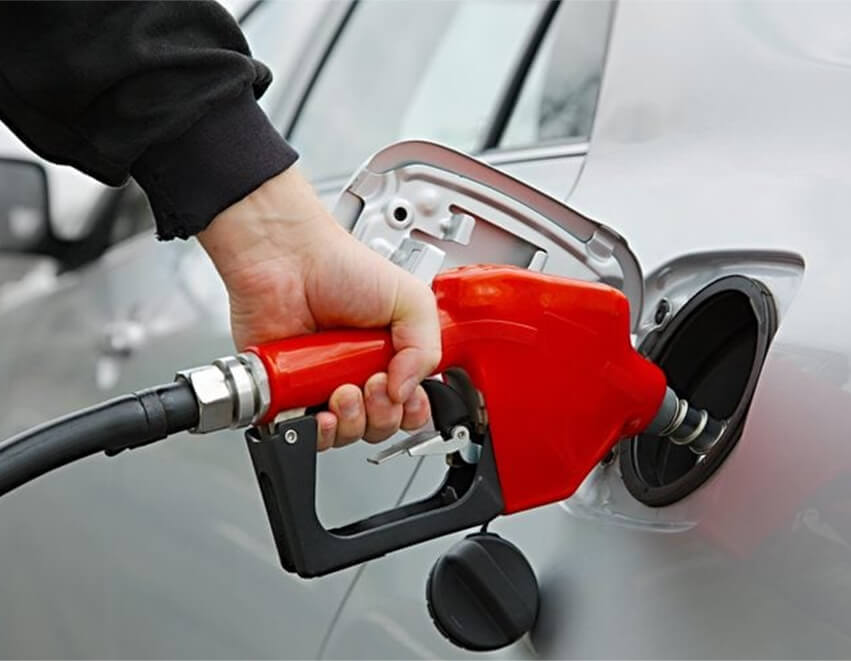In busy construction sites, excavators and dozers devour diesel fuel. They gulp gallons per hour. However, going back and forth to the gas station wastes time and money. That’s where transfer fuel tanks come in – portable gas storage that lets you temporarily “outpost” a fuel supply right where you need it most. That being […]
In busy construction sites, excavators and dozers devour diesel fuel. They gulp gallons per hour. However, going back and forth to the gas station wastes time and money. That’s where transfer fuel tanks come in – portable gas storage that lets you temporarily “outpost” a fuel supply right where you need it most.
That being said, with dozens of transfer tank varieties on the market, selecting the right one requires carefully considering your specific construction operation’s needs. Size, mobility, and safety features all play crucial roles.
Here’s a quick overview on choosing a transfer fuel tank wisely:
Consider the amount of fuel needed first. Transfer tanks vary in capacity, from 50 gallons to over 5,000 gallons. Larger tanks reduce refill trips but are heavier and harder to move. They also need more clearance space.
A good rule of thumb is to match your tank size to your equipment’s consumption rate and the duration between fuel deliveries to the construction site.
If you only have a couple of compact machines sipping diesel intermittently, a smaller 100-200 gallon transfer tank should suffice without excessive excess capacity. Larger scale operations will understandably need larger tank sizes in the 500-1000 gallon range.
How much mobility do you require from your job site’s transfer tank? Trailer-mounted tanks offer excellent portability since they can be towed from location to location by a truck. This makes them ideal for construction sites that span long distances or change locations frequently. Need to move portable fuel storage to the next job down the highway? Just hitch up the trailer.
Skid-mounted transfer tanks, on the other hand, are essentially just a fuel reservoir on a rectangular base. They have to be lifted with machinery like cranes, forklifts, or loaders to be transported – a hassle if relocation is constantly required. However, skid tanks tend to be more compact, with smaller footprints that fit neatly in tighter spaces on cramped job sites.
Safety should be the top priority whenever dealing with combustible fuel storage, even temporarily on the job site. Containment features help prevent environmental disasters and hazardous leaks/spills.
Double-walled construction and integrated rupture basins allow the inner fuel tank’s full capacity to be safely contained in an outer secondary shell in the event of a puncture or tank failure. This double-walled containment minimizes cleanup headaches in worst-case scenarios.
To maximize convenience and efficiency on the job site, consider additional fuel transfer tank features. Built-in spill boxes reduce mess when fueling equipment by temporarily catching drips and allowing easy disposal into the main tank.
Bottom drains let you fully evacuate any remnants or contaminated fluids. 12V fuel transfer pump kits turn your tank into a self-contained fueling station. Even basics like integrated forklift pockets make a difference in hasty relocation. The more bells and whistles, the more utility you’ll get from your portable fuel tank.
While not as vital as your core construction machines, a well-chosen transfer fuel tank is instrumental in keeping your entire workflow running smoothly on the job site. With minimal downtime for refueling, your excavators, loaders, and crew can maximize productive working hours. Just be sure to select the right tank capacity, mounting style, and containment safety features that align with your operation.
For reliable and customizable fuel transfer tank solutions designed to enhance your construction workflow, trust AOCHENG Group. Contact AOCHENG today to explore the options best suited for your construction site requirements.




